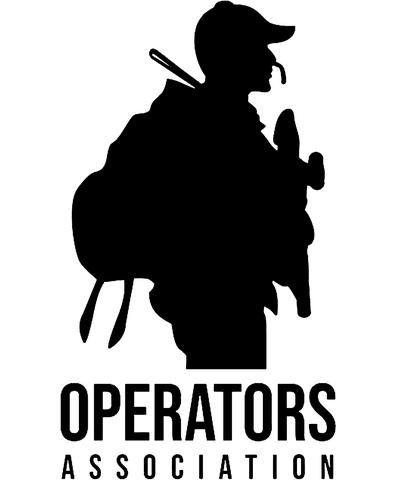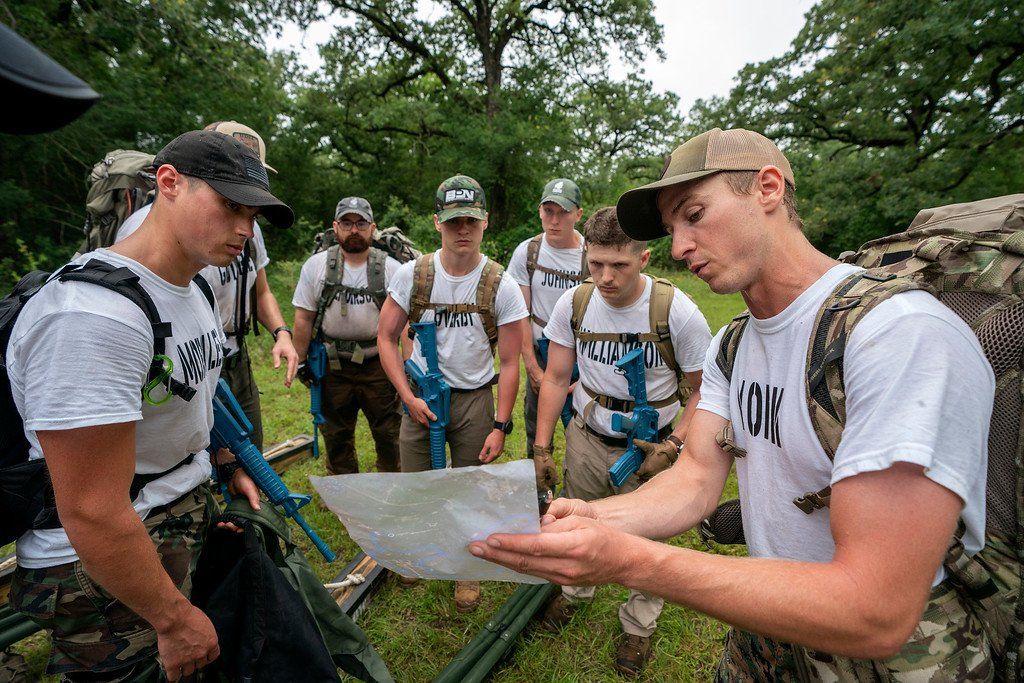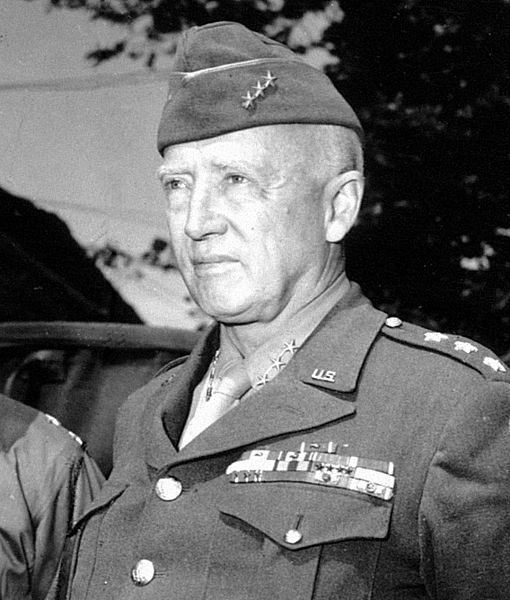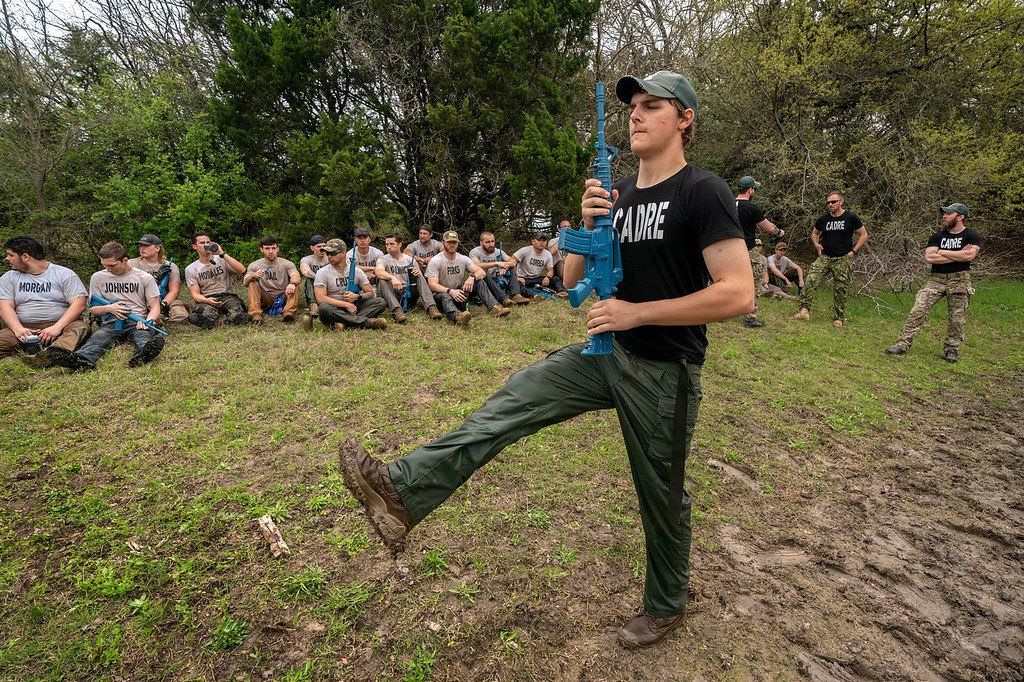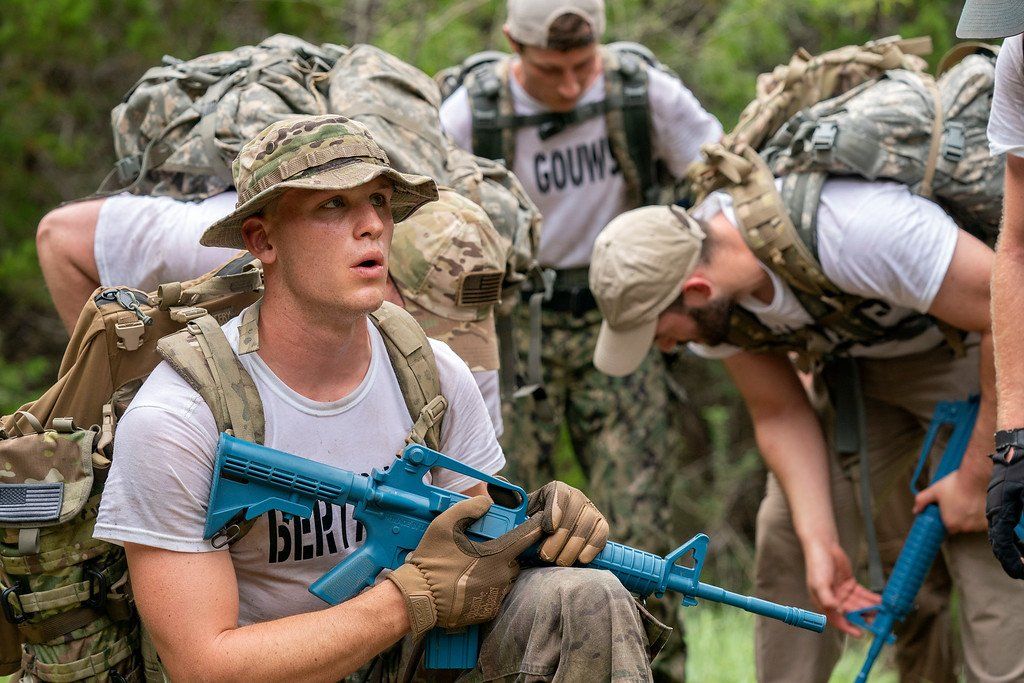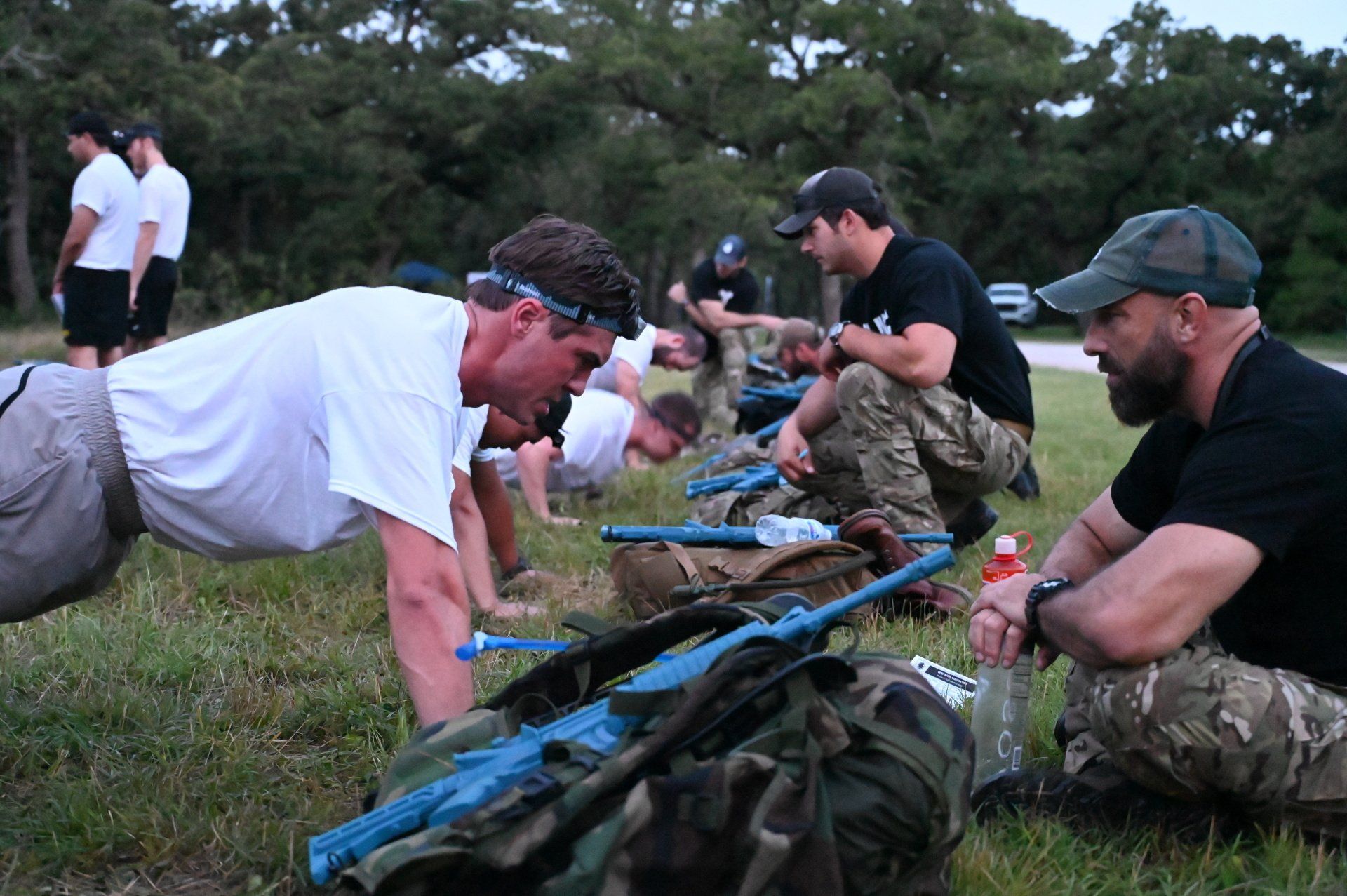5 Conversation Skills You Must Master
Oct 06, 2021
Unlock the art of conversation with these five abilities.
From military operation briefings to job interviews, being able to communicate your ideas to others is a crucial skill. Sadly, with digital communication taking over how humans interact, the art of conversation is dying off. Despite this, having the skills and abilities required to connect with others through your words can help you achieve your most ambitious goals.
In last week’s OA guide, we showed you the strategies behind arguing tactfully. Now, we’ll show you the five crucial conversation skills you must have to keep people engaged, get your point across, and create relationships through your interactions. Let’s begin.
Speak and Listen Proportionately
There’s a lot of advice out there about attaining the ideal proportion between speaking and listening. Unfortunately, while it’s entertaining to delve into the science of conversation, you’re unlikely to perform mathematical operations while talking to a friend or colleague.
When it comes to finding the right ratio of speaking to listening, it depends on two factors: who you’re speaking with, and the nature of the conversation. Firstly, knowing your conversation partner will give you great insights into how much you should speak. If the person is outgoing, loud, and engaged, give them the floor. But if they are introverted or shy, you can take some stress off of them by leading the conversation a bit more.
Your environment or nature of the conversation also makes a difference. If you’re catching up with a friend, you can reasonably expect the speaking/listening ratio to be about 1:1. But if you’re having a job interview or conversation with your boss, the ratio will shift (speak more in an interview, listen more with your boss).
Monitor Your Body Language
Ensuring that your body language matches what your mouth is saying is crucial to developing trust and promoting a healthy conversation. You may have, at some point, heard that over 70% of communication is non-verbal. That’s true, but it doesn’t quite emphasize the importance of keeping your body in check during a conversation.
Humans aren’t the only animals that use gestures to communicate. Other primates, namely chimps, can use over 60 different gestures and hand signs to communicate with other members of their tribe. In other words, non-verbal communication and body language aren’t like learned, spoken language – they are hard-wired into our brains.
What does this mean for your conversations? The body must match what your mouth is saying. If it doesn’t, the person you’re speaking with will subconsciously begin feeling uneasy and lose trust in you.
Create Connections
Conversation topics have lifespans. Eventually, every speaker in the conversation will contribute everything they have to say about the subject, and it will die off. Sometimes, this results in an awkward silence where nobody has anything further to contribute to the conversation.
If you feel the topic approaching its end, it’s up to you to keep the conversation going by creating a connection. You can use what someone says to pivot to a related but unique topic, and interject an opinion, anecdote, or observation about the new theme to seamlessly transition and keep the conversation going.
Use Signaling to Lead Timid Talkers
Let’s face it: some people simply aren’t good speakers. Whether they’re shy, intimidated, or unenthusiastic, keeping a conversation going with some people can feel like an uphill battle. When you’re trying to speak with someone like this, it’s your job to get them engaged and help them contribute.
The best way to do this is with signals – cues in what you say that encourage the other person to speak. They include things like asking open-ended questions that require more than a yes/no answer, asking for their opinion, or having them tell you about an experience they’ve had.
Emphasize Similarities
People like people who are similar to them. We mention this principle in our other OA guides. Humans have a natural survival mechanism that makes them trust and cooperate with similar people and distance themselves from those who are dissimilar. If you want to create a connection during conversations, emphasize your similarities. Never fabricate something to have in common, but actively looking for shared experiences, beliefs, and principles will take your conversations to the next level.
Achieving your goals, whether it’s in a conversation or on a mission, requires cooperation. When you surround yourself with people who share your vision and principles, nothing is impossible. While you might accomplish some things alone in the short term, consistent long-term progress can only be achieved through teamwork.
Despite this fact, if you’re on the SOF pathway, it can be difficult to find and connect with like-minded individuals. That’s why we created the Operators Association. When you join our community as an Aspiring Operator, you get instant access to exclusive perks like accountability groups, OA event invitations, podcasts, and a community of hundreds of current, future, and retired SOF cadre to guide you on your path. Click here to join the Operators Association today!
